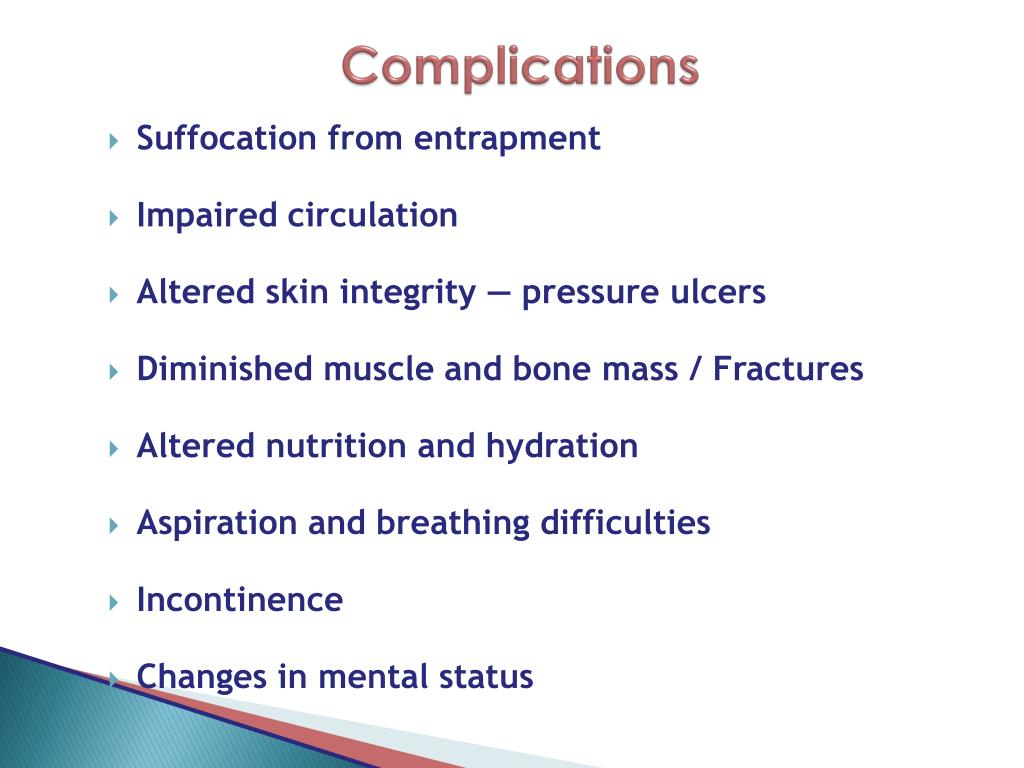

The skin examination should be done as soon as possible after admission (within 8 hours) and as often as required by the individual’s condition or if there is a significant change in their condition 2, 3.ĭuring the skin examination, we should make sure that: Physical examinationĪ comprehensive head to toe examination of the older person’s skin will help us identify existing damage to the skin, pressure injuries or skin tears and evaluate any changes to the skin 2. Once you have identified that an older person is at risk of developing a pressure injury or skin tear complete a nutritional screen and assessment 7. Braden Scale for Predicting Pressure Sore Risk (Braden Scale) 4.The most commonly used and recommended pressure injury risk assessment tools for adults are: Use an organisational-wide agreed pressure injury risk screening and assessment tool for all people aged 65 and over 3. If the older person has existing pressure injuries or skin tears upon admission to hospital, it is important to classify them and treat and manage them appropriately. Screening and assessment toolsīest practice guidelines recommend conducting a structured risk screening or assessment process for all older people as soon as possible after admission (within 8 hours) and as often as required by the individual’s condition or if there is a significant change in their condition 2. Quality of circulating blood (for example, anaemia)Įxplain the risk factors and the risk of developing a pressure injury or skin tear to the patient and their family and carer so they can play a role in preventing problems.Blood circulation (for example, diabetes).Having difficulties washing or drying any part of their skin (for example, contractures, folds beneath abdominal aprons or hard to reach areas between toes).These medications can cause cutaneous or inflammatory interactions and reactions:.verbally communicate that they are experiencing pain related to a pressure injury or tear.knock themselves on furniture and cause skin tears.Patients who are cognitively impaired may be unable to:.

Elevated body temperature and perspiration can increase the risk of pressure injury development.Urine on the floor can be a hazard and can cause a slip, resulting in skin damage.Faecal and urinary incontinence can result in excess moisture on the skin, which can cause skin problems.All patients who are restricted to bed or chair rest are considered to be at risk of developing a pressure injury.Balance or mobility problems may cause patients to fall or knock themselves against furniture, which can cause skin tears.Swallowing or dental problems can result in poor nutrition.Dehydration can cause a person’s skin to be less elastic, more fragile and more likely to break down.People who are malnourished can be both underweight or overweight, which can increase the risk of skin damage, especially pressure injuries.Poor nutrition can result in the patient missing important nutrients and vitamins required to maintain healthy skin and assist with wound healing.Previous pressure injuries or skin tears.



 0 kommentar(er)
0 kommentar(er)
